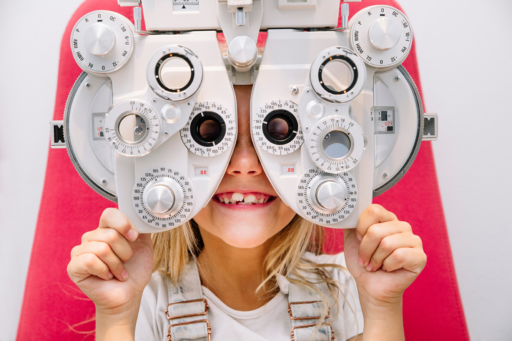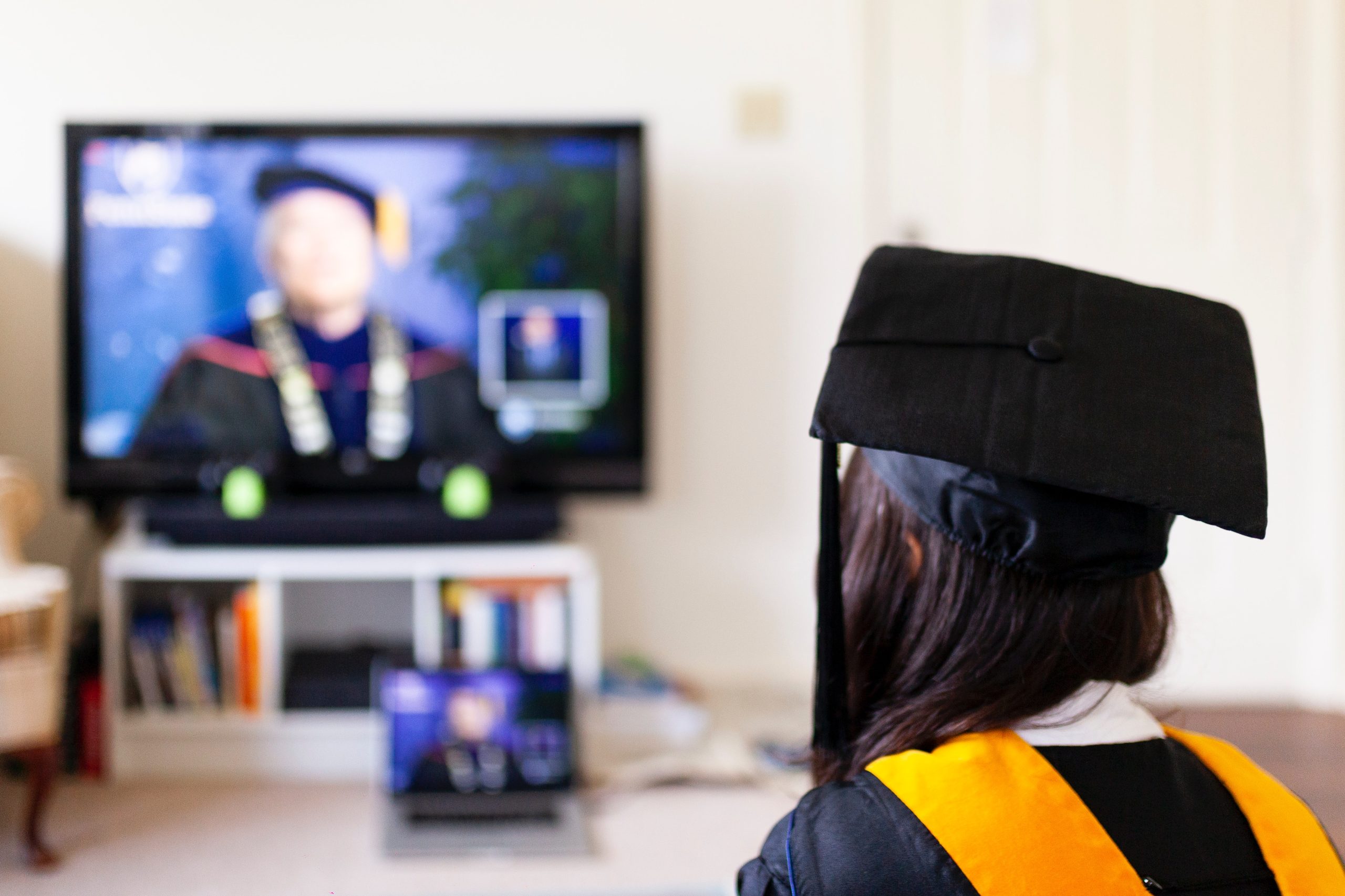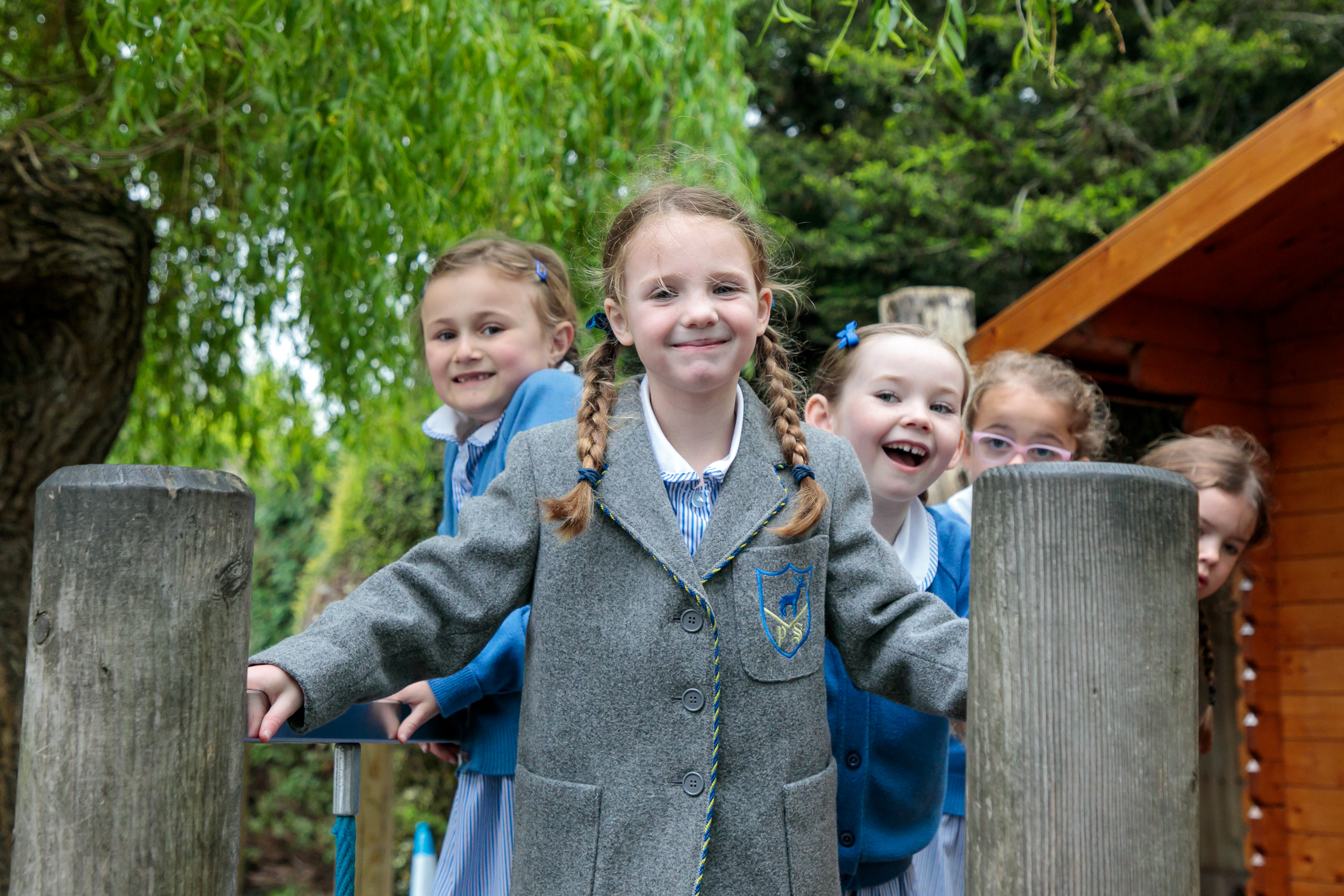With thousands of children receiving their primary school offers today (16 April 2025), parents are being encouraged to book a sight test ahead of the September term—giving their child the best shot at thriving in the classroom.
Clear vision is fundamental to learning, yet children with undiagnosed eyesight problems may take in only half as much as peers with corrected vision. New research from Eye Health UK reveals that around 70% of parents don’t arrange a sight test before their child starts school—leaving over 100,000 school starters at risk of learning delays due to undetected conditions.
Optometrist and Eye Health UK chair David Cartwright says:
“One in five children in the UK has an undiagnosed vision problem that will hinder their learning and development. It’s often difficult for parents, carers or teachers to recognise when a child might be struggling with their eyesight; however, sight tests are free (on the NHS) for all children at high street optical practices. Children requiring vision correction are also entitled to an NHS voucher that can be used to pay for glasses.”
He added:
“Starting school for the first time can feel stressful for parents and children but ensuring a child’s eyesight is up to scratch can help them settle-in quickly and aid their learning.”
Though some parents rely on schools to spot vision issues, 21% say they assume schools will handle it. But vision screening is not standard practice—and even where it’s offered, it’s no match for a full eye exam. Figures from BIOS show that only 57% of Local Authorities in England currently provide vision screening in schools.
When vision problems go undiagnosed, the effects go far beyond poor grades. Affected children may struggle with confidence, suffer from frequent headaches, or be wrongly labelled as disruptive. Conditions like lazy eye or squint can even mimic the symptoms of dyslexia or ADHD, leading to misdiagnosis.
The Our Children’s Eye Health report shows worrying levels of misinformation. Nearly two-thirds (64%) of parents don’t know how often a child should get an eye test. A majority (59%) don’t realise that tests are free, and three-quarters (75%) are unaware that NHS vouchers for glasses exist.
Perhaps most concerning, 24% of parents believe that if their child seems fine, no test is needed—when in fact, children should have their first test by age three to four, and then regularly after that, regardless of symptoms.
Knowledge about childhood eye conditions remains patchy too. Only 49% of parents associate recurring headaches with vision issues. Just 33% linked a tilted head with sight problems, 29% recognised a sensitivity to bright light, and only 13% saw messy or misaligned drawing as a potential red flag.
On top of this, lifestyle habits can impact eye development—yet 86% of parents don’t realise that two hours outdoors daily can help prevent myopia. Activities that challenge the eyes at different distances are essential during early childhood.
David Cartwright advises:
“Limiting screen time and balancing activities that require eyes to focus on close objects, such as reading, with time outdoors as well as engaging in activities to stimulate vision, are crucial, especially during a child’s early years when their eyes continue to develop.”
Diet and UV protection also matter—but just 32% of parents link sun protection to vision health, and only 34% understand the benefits of nutrition for eye development.
Despite the availability of NHS eye appointments, 9 in 10 parents would not consider their local optician as a first port of call for eye health concerns in their child.
Routine sight tests starting from age three remain a vital step in giving children the tools to learn confidently, play freely, and grow up with healthy vision.
For full details, download the Our Children’s Eye Health report at www.visionmatters.org.uk






